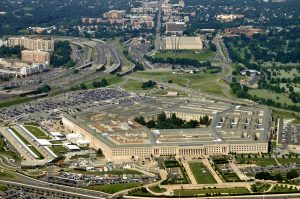 Implementations and pilots of blockchain continue across government. The benefits of blockchain, including decentralization, immutability, security, and transparency, are appealing in government as they relate directly to mandates around security, privacy, and data openness. It is these needs that will drive further acceptance and use of blockchain.
Implementations and pilots of blockchain continue across government. The benefits of blockchain, including decentralization, immutability, security, and transparency, are appealing in government as they relate directly to mandates around security, privacy, and data openness. It is these needs that will drive further acceptance and use of blockchain.
As this article points out, innovation is not found in just one technology alone - it is a combination of inventions that when used together toward a specific goal create a new way of doing something. The example cited is the airplane. Human flight was made possible by the desire to travel faster and the combination of technologies and discoveries such as the gasoline engine and aerodynamics. Similarly, the goal of peer-to-peer transactions powered by blockchain will be achieved when the technology is combined with other innovations and processes. Some early successes fueling the wide application of blockchain include:



 With the closing of the decade, we thought it would be interesting to look back at the top technology headlines of 2009 and compare them to where the market is today.
With the closing of the decade, we thought it would be interesting to look back at the top technology headlines of 2009 and compare them to where the market is today. From time to time GovEvents will come across information we feel our members and audience would benefit from. Here's something we wanted to share:
From time to time GovEvents will come across information we feel our members and audience would benefit from. Here's something we wanted to share:


